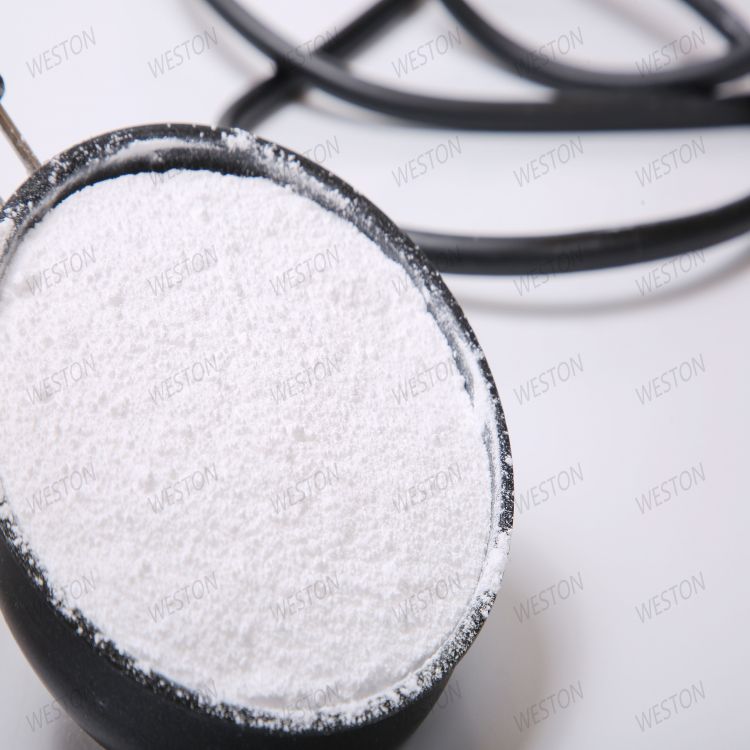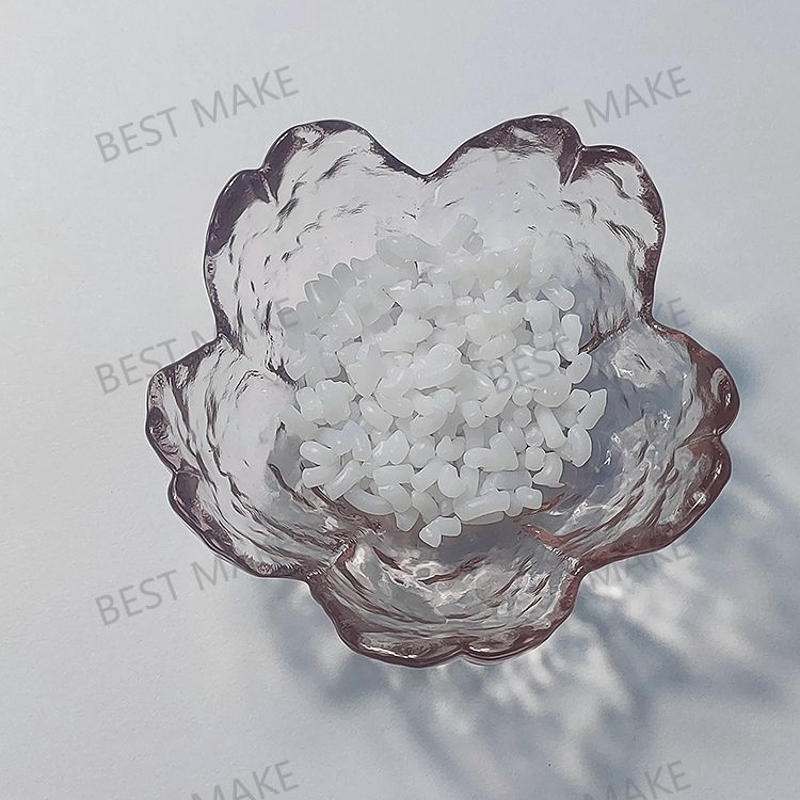-
Categories
-
Pharmaceutical Intermediates
-
Active Pharmaceutical Ingredients
-
Food Additives
- Industrial Coatings
- Agrochemicals
- Dyes and Pigments
- Surfactant
- Flavors and Fragrances
- Chemical Reagents
- Catalyst and Auxiliary
- Natural Products
- Inorganic Chemistry
-
Organic Chemistry
-
Biochemical Engineering
- Analytical Chemistry
- Cosmetic Ingredient
-
Pharmaceutical Intermediates
Promotion
ECHEMI Mall
Wholesale
Weekly Price
Exhibition
News
-
Trade Service
3) Matrix solid-phase dispersion (MSPD)
MSPD is a rapid sample processing technology
.
The basic operation is to mix and grind the sample directly with an appropriate amount of reversed-phase bonded silica gel, so that the sample is evenly dispersed on the surface of the stationary phase particles into a semi-solid state, loaded into the chromatography column, and then washed and washed with an operation similar to SPE Eluted
.
4) Dispersive solid phase extraction (DSPE)
Dispersive solid phase extraction is a new sample preparation technology proposed by the US Department of Agriculture in 2003
.
This technology selects a solution with good solubility for different kinds of drugs as the extractant, and the purification adsorbent is directly dispersed in the extract to be purified to adsorb the interfering components in the matrix
.
5) QuEChERS (Quick, Easy, Cheap, Effective, Rugged, Safe)
QuEChERS is a rapid sample pre-processing technology for agricultural products testing that has been newly developed internationally in recent years
.
The principle is similar to that of HPLC and SPE.
Both use the adsorbent filler to interact with the impurities in the matrix to adsorb impurities to achieve the purpose of impurity removal and purification
6) Molecular imprinting technology (MIT)
MIT uses the analyte as the template molecule to bind the polymer monomers through covalent bonding or non-covalent bonding, and then cross-link the polymer monomers, and then extract the template molecules from the polymer, leaving the inside of the polymer After the imprinting of the template molecule, it becomes a molecularly imprinted polymer (MIP), a functional polymer material that can selectively adsorb the analyte
.
Cederfur et al.
synthesized a highly selective MIP filler with penicillin G as a template
7) Immunoaffinity chromatography (IAC)
IAC uses chromatographic column technology to fix the antibody on an appropriate support to prepare an IAC column for sample separation and purification, which is then combined with chromatography to achieve a good separation and detection effect
.
The reversible biospecific interaction between antibody and antigen/hapten is used to achieve the purpose of purification and enrichment of analytes
.







